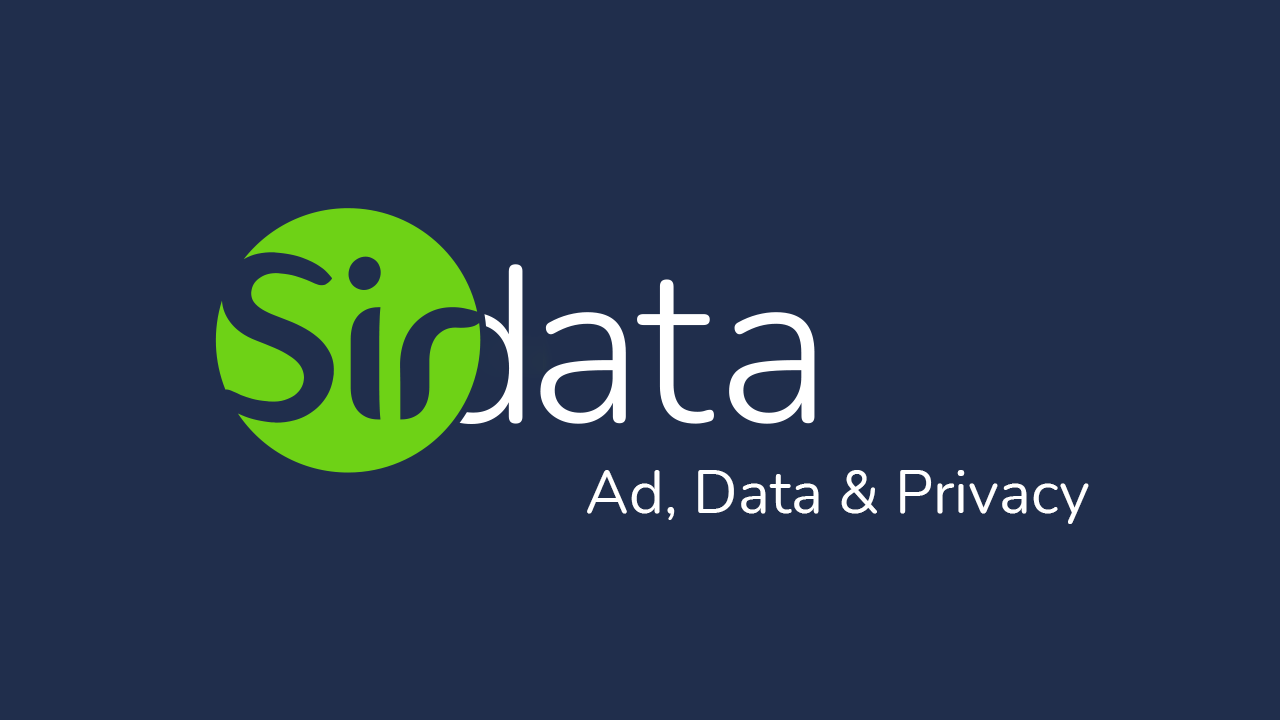In 2024, the digital advertising and marketing industry is going through a transition period marked by the disappearance of third-party cookies, known as the "cookiepocalypse".
On the one hand, the tightening of data collection rules imposed by the GDPR, in force since 2018, is impacting the online advertising landscape. On the other, Google's 2022 announcement that it will phase out third-party cookies in its Chrome browser adds a significant dimension to this evolution.
These changes are having a considerable impact on web technologies, which have traditionally relied on third-party cookies. Faced with this transformation, players in the ecosystem are exploring alternatives to maintain the effectiveness of their tools.
One of these emerging alternatives is GTM Server Side, which shifts part of the data processing process to the server side, rather than to the browser (user side). As a result, third-party cookies are no longer necessary, and are replaced by First cookies. It enables sGTM to offer significant advantages in terms of web performance, security and advertising optimization.
Indeed, this solution is perfectly suited to maintaining efficient data collection and complying with new privacy standards. The GTM Server Side is thus becoming an essential element for players in the ecosystem, in order to adapt to the changing landscape brought about by the disappearance of third-party cookies.
What is Google Tag Manager (GTM)?
Google Tag Manager (GTM) is a powerful tool for managing the tags used by marketing and advertising tools deployed on a website. These tags collect information about web users' interactions with the site or application.
GTM coordinates these tags to avoid any clutter, making the collection of information on a website more efficient. In other words, GTM simplifies data management on your site.
To make this process even more fluid, organized and error-free, a "datalayer" is commonly used.
The datalayer is a complementary tool that organizes the data collected. In other words, it centrally manages and transmits data on Internet user interactions, contributing to a more orderly and efficient data management.
What is GTM Server Side?
GTM Server Side (sGTM) is an optimized use of GTM. Normally, tags are executed (client-side) in the browser of the person visiting the site. With sGTM, these tags can run directly on the site's server.
This makes processing safer and more respectful of privacy, as it enables better management of the data sent to the tags. In fact, only the data selected by the publisher is sent.
It's important to note that the entire management of GTM Server Side is essentially based on the use of first-party cookies (HttpOnly). This approach is therefore a genuine alternative to the disappearance of third-party cookies, ensuring continuity and efficiency in data management.
GTM's dominance of the market is due to its expanded use on the server side and its free access (sGTM hosting, on the other hand, has to be paid for), factors which have contributed singularly to its massive adoption.
sGTM adapts effectively to increasingly stringent regulatory requirements, offering secure management that respects user privacy.
The advantages of GTM Server Side :
This alternative offers several advantages:
- Extended lifetime of first-party cookies: First-party cookies (HttpOnly) have a longer lifetime, which means that the information stored persists longer. This can be advantageous for tracking user activity over an extended period.
- Increased confidentiality: Each website has the ability to determine precisely what data it wishes to collect and to whom it wishes to pass it on, offering total control over data management.
- Bypassing ad-blockers: By modifying script URLs, detection by ad-blockers can be avoided, allowing scripts to load even if the user is using an ad-blocker. This can also be effective against spam referrers.
- Compliance with data privacy regulations: With the growing trend of data privacy regulations, GTM Server Side helps websites stay compliant by limiting the collection and processing of sensitive client-side data. Minimizing the exposure or sharing/transfer of data to third-party tags.
- Reducing the impact of scripts: Minimizing the footprint (impact) of scripts on the user's terminal improves site performance by reducing the browser's workload, which can lead to a smoother, faster user experience.
The limitations of GTM Server Side :
This alternative does have its limitations, however:
- Detection by ad-blockers: Some ad-blockers not only stop at the URL, but also scan the content of scripts. However, sGTM does not offer script rewriting. In this case, these ad-blockers detect and block scripts even if they are executed server-side.
- Server-side tracking poses technical challenges: Implementing sGTM on a server is complex. It requires in-depth server and network expertise, involving challenges such as server load management, regulatory compliance (consent management, data security, integrity checks, etc.), update deployment, etc.
- Financial costs: sGTM requires dedicated server resources, and initial and ongoing costs are high, compared with standard GTM, which is free because it is managed entirely by Google. Expertise is essential for reliable, optimized implementation. Inadequate maintenance can lead to data loss and security risks.
- GTM Server Side does not dispense with the obligations of the GDPR: In particular with regard to the collection of consent. Even with the adoption of this solution, it remains essential to comply with current regulations, ensuring that users give their explicit consent before their personal data is collected and processed. It is therefore vital to maintain a GDPR-compliant, by-design approach to reap the benefits of GTM Server Side into effective online data management.
These drawbacks can, however, be overcome by adding a protective overlay to the datalayer. With such an integration, it becomes possible to optimize script loading (to avoid, in particular, cookies being deposited without consent), address concerns linked to detection by ad-blockers (by rewriting scripts) thus offering optimization of web measurement, tracking and performance while respecting data processing compliance.
You're in luck: Sirdata offers this functionality with GTM-Helper! Don't wait any longer, and take advantage of Sirdata's complete Server Side solution!
GTM Helper offers an effective solution to these problems, ensuring compliant and simplified online data management.
GTM-Helper benefits :
- Complete interoperability: Migration at any time to or from another sGTM host (Google Cloud, Addingwell, Slate...)
- Processing control: Data enrichment, cookieless identifiers, on-the-fly proxification
- Processing optimization: Block unauthorized cookies, dataLayer reordering, grouped loading of CMP, GTM and Google Consent Mode.
- Advanced fight against adblocking: Optimize bypass of ad blockers, by rewriting scripts.
Sirdata's dynamic combination of sGTM and GTM-Helper offers your company a proactive approach to meeting the challenges of 2024 with peace of mind.
Sirdata, a specialist in server side solutions and compliance, can help you think through your strategy and migrate your tracking to a GTM server side architecture.
Find out more about our Server Side solutions:



